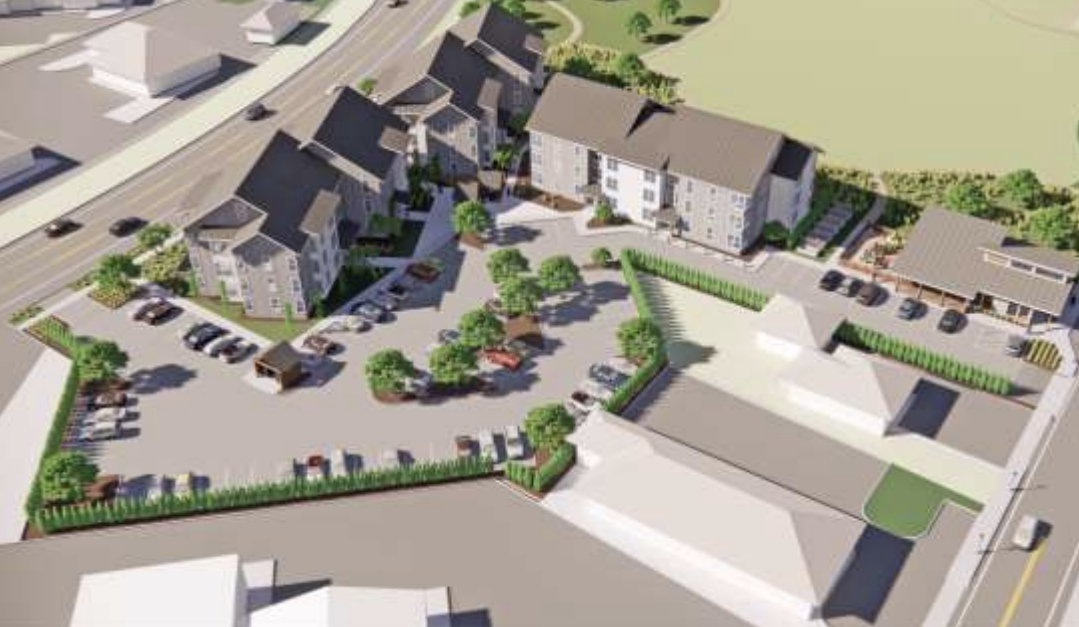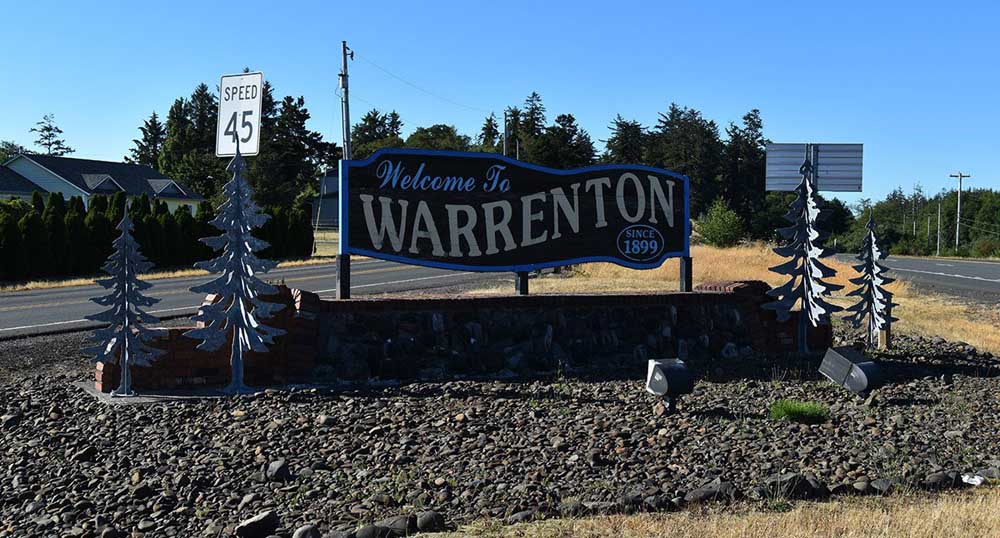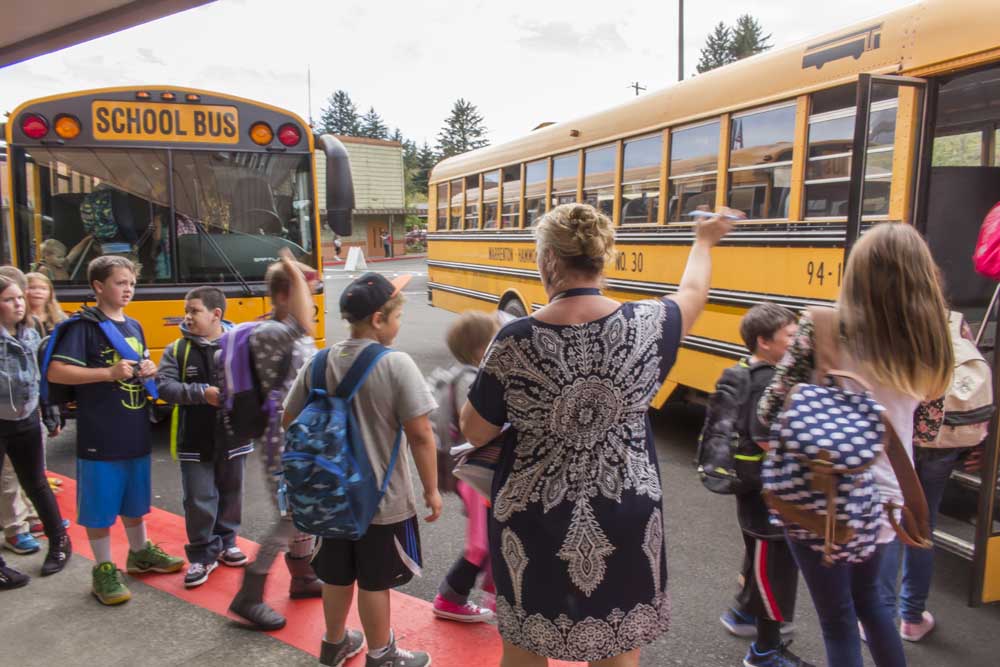Historic Building Research & Design: aka John Goodenberger
Published 5:00 pm Tuesday, August 31, 2010
History buffs on the North Coast have probably heard of architect John Goodenberger in connection with historic building preservation projects around the region.
In news articles he’s usually identified as “historian,” “historic buildings expert” or “designer.” If you need a photo of an aging edifice to show how it looked in its former glory, Goodenberger can be the go-to guy for such period gems.
What most people probably don’t know is that Goodenberger makes a living advising people about historic projects, and he’s a sought-after expert who’s been involved in many of the most high profile restorations around the region in recent years.
Goodenberger’s business is called Historic Building Research and Design, based in Astoria.
The fruits of his labor are evident from one end of downtown Astoria to the other: the Commodore Hotel on 14th Street, the Sanborn Building at the corner of 10th and Commercial streets, as well as the 14th Street Pilot Station restoration project on the waterfront. Goodenberger was also heavily involved in the restoration of the Astoria Column and other projects.
He also works with homeowners who own historic properties.
“People call me if they are interested in trying to keep a house authentic or historically sensitive,” he said.
Among his many consulting services is helping people find out the history of their homes, information that can be very valuable in restoration efforts. Goodenberger said such research often gives people a new perspective on their properties.
“They see that the house is more than just them at the moment; it’s a continuum,” he said. “I often suggest to them that they live in the house for a year before changing it. Sometimes the house can change them, rather than them changing the house.”
These days Goodenberger is very involved with the new historic restoration program at Clatsop Community College which he helped establish, and teaches a class in preservation. He also helped found Columbia-Pacific Preservation, a guild of skilled restoration artisans.
“I think I have something to offer college students and guild members,” he said. “I have a good grasp of building and resources in the area, and I can help them develop their businesses.”
Goodenberger also helped establish local historic districts in Astoria, which provide financial tax incentives for owners to preserve properties.
“We wanted to help people determine – what is historic preservation?” he said. “One of the reasons we tried to create historic districts was to give people the opportunity to get the tax break.”
Goodenberger also works with Cannon Beach architect Jay Raskin on research and preservation projects. He said sometimes business owners are hesitant to approach a project from a restoration point of view. He said progress, profit and historic preservation can go hand in hand.
“You can go through the [historic preservation] review process and still have a building that generates economic development,” he said. “People sometimes think that hinders creativity.”
Goodenberger has been fascinated with historic architecture since he was a kid growing up in Anaconda, Mont., a city with its own unique architecture, such as the art deco Washoe Theater that is the last “motion picture palace” built in the U.S. His family moved to Astoria when he was in the 4th grade, and the city’s abundance of historic buildings gave him ample opportunities to pursue his passion on into adulthood. Goodenberger eventually graduated from University of Oregon’s architecture school.
He’s currently a member of several state-level historic preservation and assessment advisory committees. He also recently wrote a booklet for kids called “Astoria, An Adventure in History” for the city’s bicentennial that will be distributed to elementary school students countywide.
To contact Goodenberger, call Historic Building Research and Design at (503) 325-0209.





